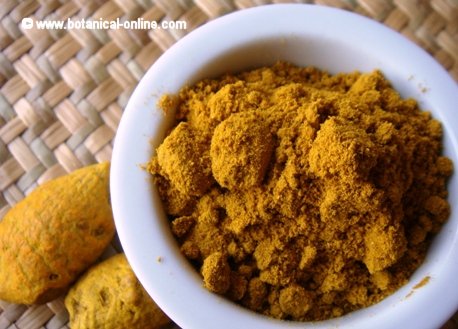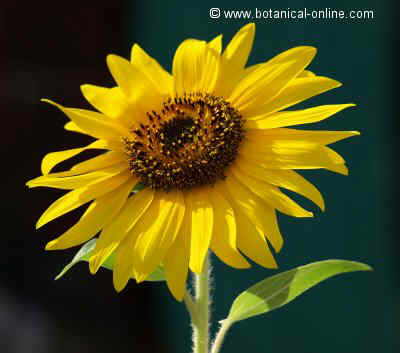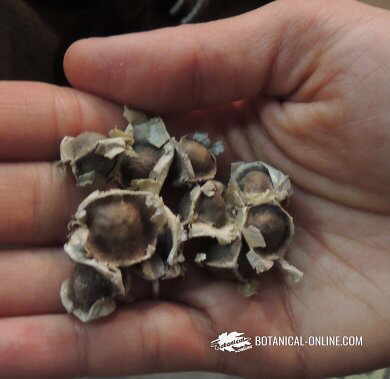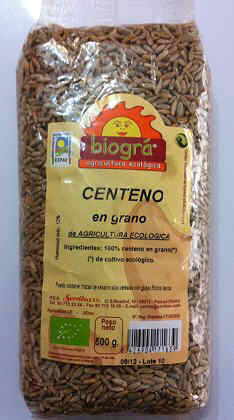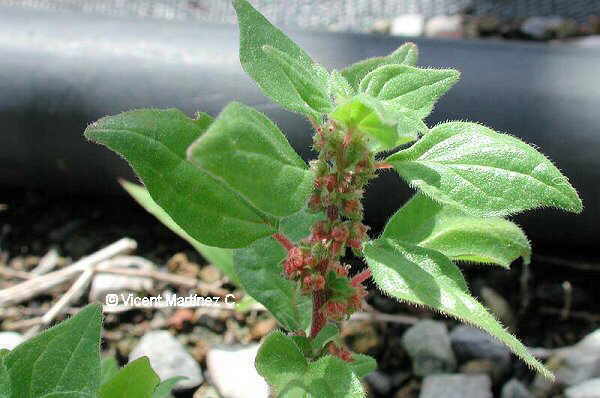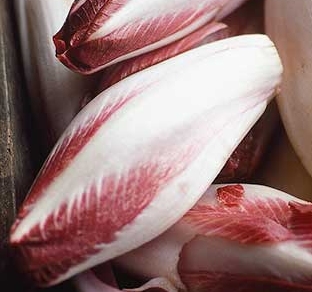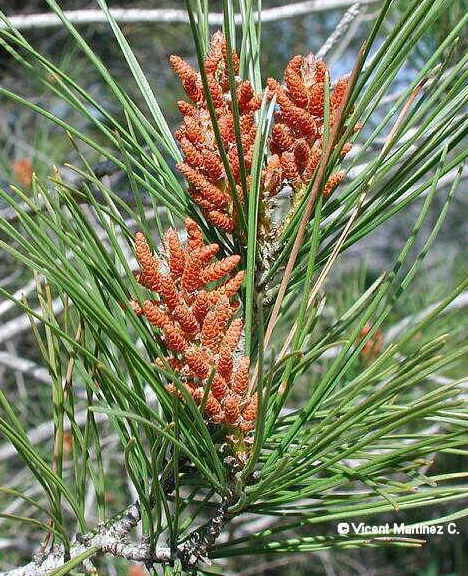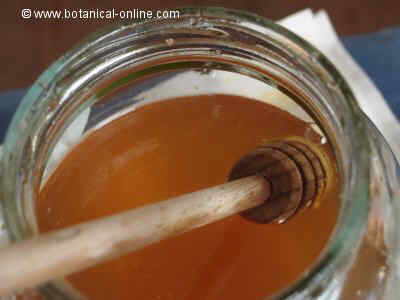Contents
What is an arugula plant?
Characteristics of arugula (Eruca vesicaria)
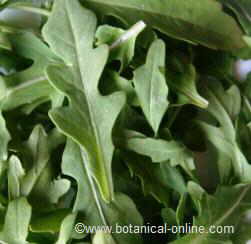
Common Name in English: arugula, rocket plant, garden rocket, rocket salad.
In Spanish: Rúcula, eruca, eruga, oruga, jamarguillo, oruga vejigosa, berza oruga, oruga blanca, aballicos, picograjo, roqueta.
In Catalan: ruca, ruqueta, card d’oruga.
In French: roquette.
In Italian: rocchetta, rucola, rucola comune.
Formerly it was called Oroth, and thus appears cited in the Bible.
Scientific name: Eruca vesicaria Cavanilles.
Etymology: Eruca urere comes from the Latin, meaning “burner”, meaning that the consumption of rocket warms the body. Vesicaria refers to the appearance of its leaves in the form of vesicles.
Taxonomic Synonyms: Brassica eruca L.; Eruca vesicaria spp. sativa Tellhung; Eruca sativa Garsault.
Family: Brassicaceae or Cruciferae
Habitat: plant native to southern Europe and Western Asia. Found in fields, road margins of the Mediterranean regions with a nitrophilous soil. It appears in Southern Europe, Northern Africa and Western Asia. Widespread in North America.
In the Iberian Peninsula, arugula is very common in the western part of Catalonia, Aragon, Valencia, Murcia, on the Plateau and in the neighborhood of Madrid.
| Botanical classification of rocket | |
| Kingdom | Plantae |
| Subkingdom | Tracheobionta |
| Division | Magnoliophyta |
| Class | Magnoliopsida |
| Subclass | Dilleniidae |
| Order | Brassicales |
| Family | Brassicaceae or Cruciferae |
| Gender | Eruca |
| Species | E. vesicaria Cav. E. sativa Gar. |
Botanical description of rocket
The name of rocket or arugula hides three different species: the perennial wall-rocket (Diplotaxis tenuifolia L.), annual wall-rocket (Diplotaxis muralis L.) and arugula or rocket (Eruca vesicaria L.).
Rocket (Eruca vesicaria) is an annual herb that measures 15 to 50 inches high (up to 1 meter if left to grow). It is characterized by dense rough hairs covering the stem.
Leaves deeply divided into toothed segments that can reach the central leaf, lyrate-pinnatifid to pinnatisect. Size between 7.6 and 18 inches long. Arugula leaves are edible (young plants under 30 inches tall) and have a strong smell (due to their glucosinolate content).
It blooms in spring, between April and May in the northern hemisphere. The inflorescence emerges from a flower stalk that can measure between 60 and 90 centimeters high. It is crowned with white flowers in clusters, cross-shaped, composed of four petals whitish or yellowish, between 15 and 20 millimeters, with veins dark brown to purple. Sepals 7 to 12 mm, persistent until fruit maturity at times.
The fruits are elongated pods that end in a sort of beak reddish, attached to the stem with a size between 1 to 2.5 inches long and about 4 to 6 millimeters wide. They are erect, glabrous (or sometimes hispid) with a protruding vein on each face and pointed.
At maturity, the fruits open and show the inside where two sets of tiny round seeds (biseriate) appear. they are between 1.5 and 2 mm in diameter each, slightly flattened and ocher.
Rocket reproduces by seed and can be grow in warm areas.
Although this plant has become popular for use in salads, in the past, the ripe fruits were collected before they opened to get their seeds.
Plant seeds contain 30% oil and a spicy sulfurous essence, similar to that provided by mustard (Brassica nigra – also a crucifer).
![]() More information about rocket.
More information about rocket.

